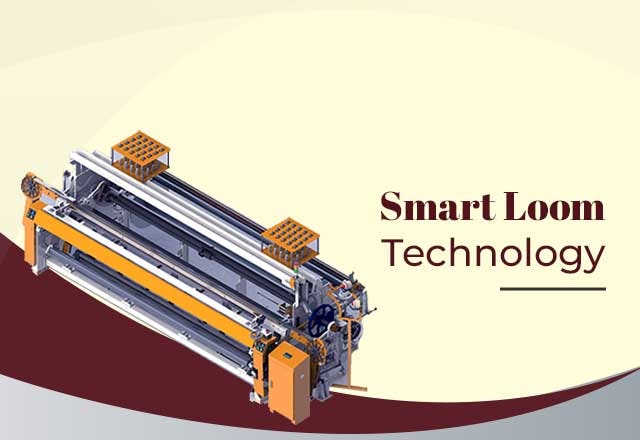- Online Shopping Coming Soon
Dobby looms have played a crucial role in the textile industry for centuries, enabling intricate patterns and designs to be woven into fabrics.
With technological advancements, dobby textile weaving machines have undergone significant transformations, enhancing their capabilities and expanding possibilities for textile manufacturers. In this blog post, we will explore the advancements in dobby looms and their impact on the industry.
The introduction of electronic dobby looms revolutionised the industry. Instead of mechanical dobby mechanisms, electronic dobby looms utilise computer-controlled systems to control warp thread movement.
This advancement allows for precise and intricate designs to be woven effortlessly. Electronic dobby looms offer greater versatility and ease of use, enabling textile manufacturers to create a wide range of patterns and designs with minimal effort.
Advancements in dobby looms have led to a significant increase in pattern capacity. Traditional dobby looms had a limited number of shafts, restricting the complexity of patterns that could be woven.
However, with the introduction of multi-shaft electronic dobby looms, manufacturers can now create highly intricate patterns and designs with a larger number of shafts. This expansion of pattern capacity has opened up new creative possibilities for designers and textile manufacturers.
Modern dobby looms are often integrated with Computer-Aided Design (CAD) software, allowing designers to create and simulate intricate patterns digitally. CAD integration simplifies the design process by providing tools for pattern creation, modification, and visualisation.
This seamless integration between software and dobby looms accelerates the design-to-production workflow, reducing time and effort required to bring designs to life.
Advancements in dobby looms have resulted in increased weaving speed and improved efficiency. Electronic dobby looms can perform complex weaving operations at a faster rate, enabling higher production output.
The automation of various processes, such as warp selection and shedding, reduces human error and enhances overall efficiency. Manufacturers can now achieve higher productivity levels while maintaining superior fabric quality.
The integration of smart technology in dobby looms has further revolutionised the textile industry. Smart looms are equipped with sensors and monitoring systems that provide real-time data on machine performance, fabric quality, and production parameters.
This data-driven approach enables manufacturers to optimise machine settings, detect and rectify issues promptly, and ensure consistent fabric quality throughout the production process.

Advancements in dobby looms have also focused on energy efficiency and sustainability. Modern dobby looms incorporate energy-saving features such as efficient motor systems and power management algorithms, reducing energy consumption and environmental impact.
Additionally, advancements in material handling and waste reduction technologies contribute to a more sustainable textile manufacturing process.
As the industry continues to evolve, manufacturers embracing these advancements will gain a competitive edge, delivering high-quality textiles with greater efficiency and sustainability.
Copyright © Golden Elegance. All Rights Reserved. Website Development & Digital Partner – BUSFAM